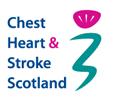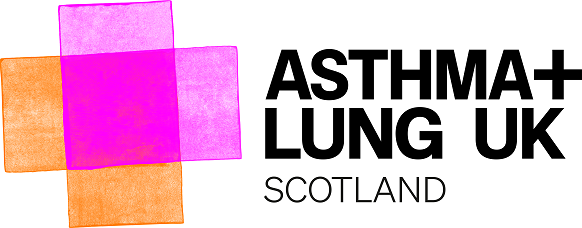(Animation – 5 Steps)
View text alternative
- Breathing in and out (inhaling and exhaling) involves the breathing muscles , breathing tubes (airways) and air sacs (alveoli).
- Breathing in requires effort. The main breathing muscle lies just below the lungs, it is called the diaphragm. It is a very important muscle. Other breathing muscles (the intercostal muscles) are attached between each rib. When you breathe in, your diaphragm flattens and pulls the lungs down while the intercostal muscles pull the lungs up and out. This increases the size of the lungs and air gets sucked into the lungs.
- Air goes through the breathing tubes which are shaped like an upside down tree. They keep branching and getting smaller until they reach the air sacs. The breathing tubes are lined with a layer of smooth muscle, mucus glands and tiny hair-like structures (called cilia). Smooth muscle inside the walls of the breathing tubes control the width of the breathing tubes and the amount of air which can get in and out of the lungs. To work well your lungs need to be moist. The mucus glands secrete sputum (sometimes called phlegm) which warms and moistens the inhaled air. The cilia work like a brush, clearing the breathing tubes.
- When the air reaches the air sacs, oxygen is moved into the blood stream for circulation around the body. At the same time, carbon dioxide is moved into the air sacs and is breathed out. There is no smooth muscle in the air sacs. The walls of the alveoli are very thin.
- When you breathe out, the breathing muscles relax and the lungs shrink back into shape. This decreases the size of the lungs and air is squeezed out. Breathing out requires no effort.





